Understanding Automatic Drawing and How to Practice It
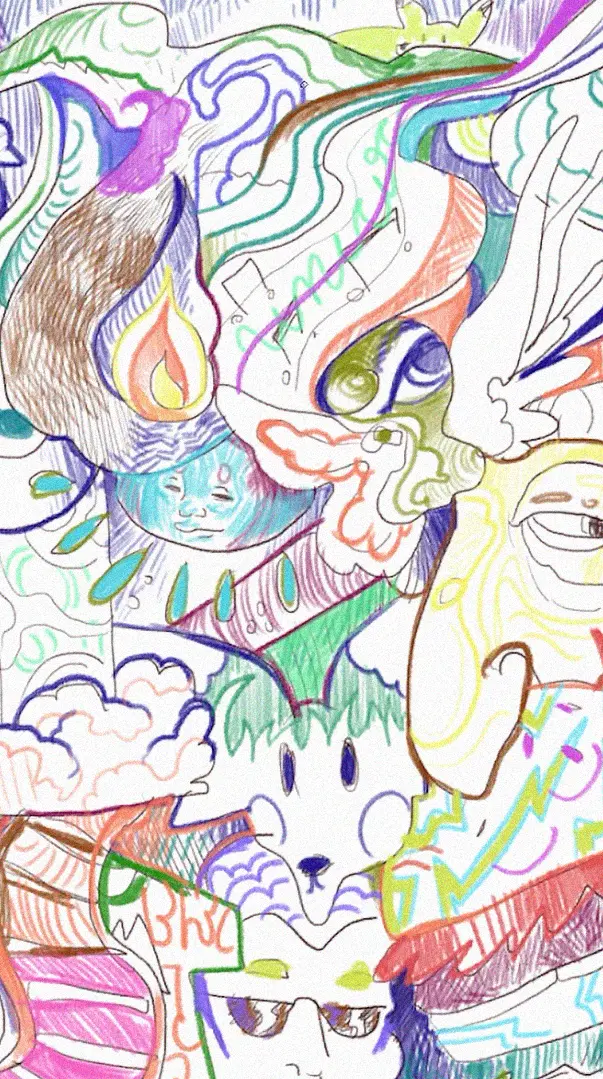
When we draw, we usually think about a theme, a character or a specific space that we want to represent. All of this helps us guide, in a certain way, our illustration with a plan in mind.
But what happens when we draw without thinking about any of these elements and just disconnect our brain? Today, we are going to discover what automatic drawing is and how to practice it.
What is automatic drawing?
Automatic drawing, or automatism, involves creating an illustration without a specific idea in mind, almost instinctively. The lines do not follow a defined plan, but are guided solely by the momentum and impulse of the moment.
What matters, when creating an automatic drawing, is simply the act of creating, the very moment when one draws lines without thinking about the outcome. This allows the hand to roam the paper instinctively, completely removing the need to produce something "sensible".
Automatic drawing was born with Surrealism, which means that it is motivated by a world beyond reason. Surrealism is an artistic movement from the 1920s that aimed to explore fantasy, dreams, and the unconscious. This movement emerged as a critique, or even a counter-current, against the works produced at the time; it was a means of subversion aimed at representing what was not part of rationality.
How to practice it
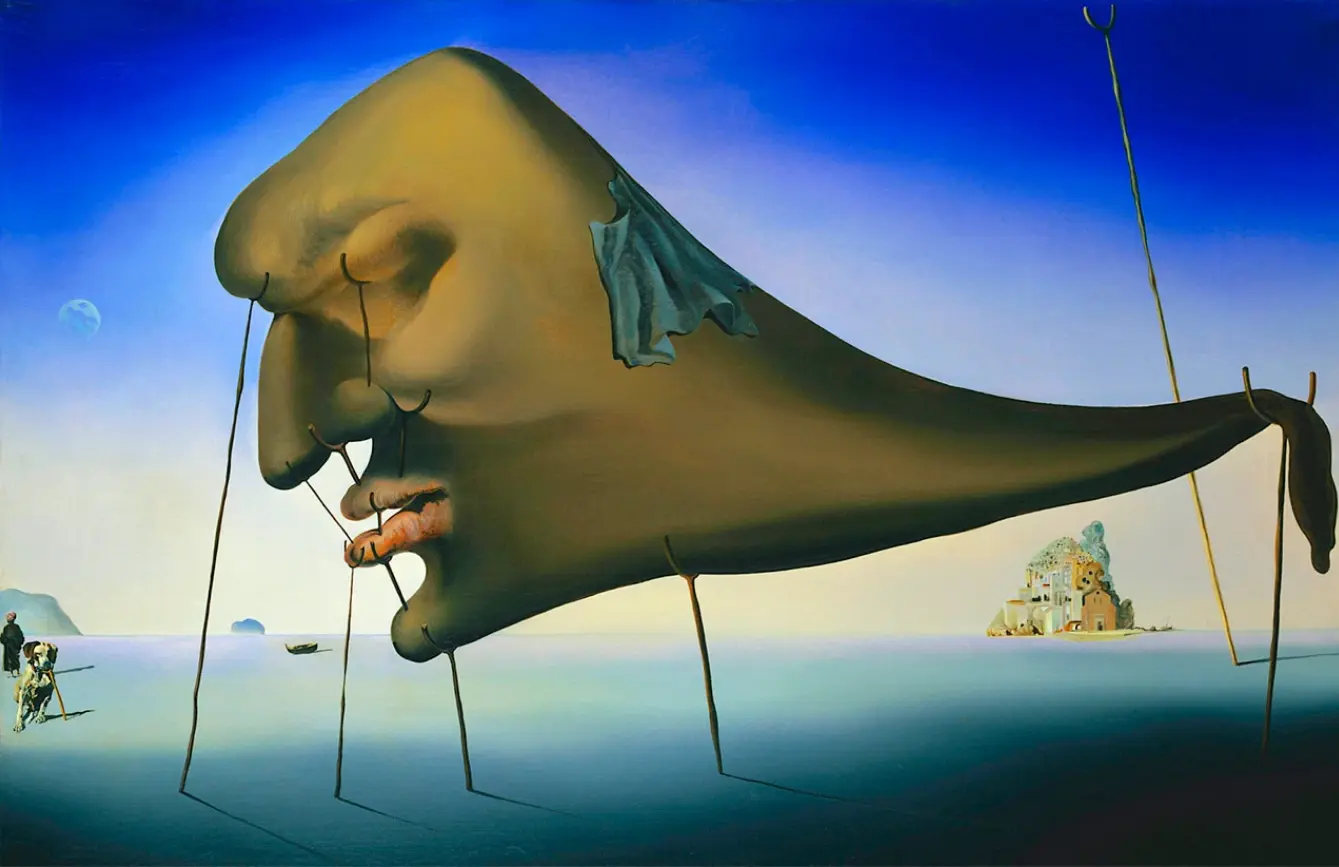
The Dream (detail), oil on canvas by Salvador Dalí, 1937. Gala-Salvador Dalí Foundation.
But all this may seem very technical for a style that aims to free itself from all technicality. So, how do you create a piece of automatic art?
André Breton, author of the Manifesto of Surrealism, mentions the following:
"Put yourself in the most passive or receptive state possible. Abstract your genius, your talents, as well as those of others. Write quickly, without a predefined subject, at such a speed that it prevents you from rereading or reflecting on what you have written. The first sentence will come on its own, because every second a sentence, foreign to our conscious thought, tries to manifest itself. It is quite difficult to predict the next sentence. But that should not worry you, because that's where the main interest of the surrealist game lies."
Of course, in our case, it's about transposing all these references in writing into drawing. What this quote from Breton essentially tells us is that we shouldn't think, and that it is speed and the unconscious that must guide our hand. Let us first observe a few examples of automatic drawing that will help us detach from preconceived ideas about what a work of art should look like.
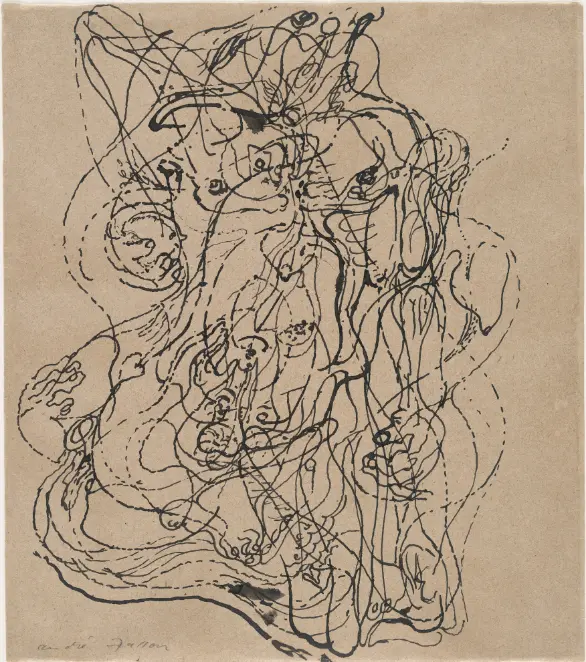
André Masson. Automatic Drawing. (1924)
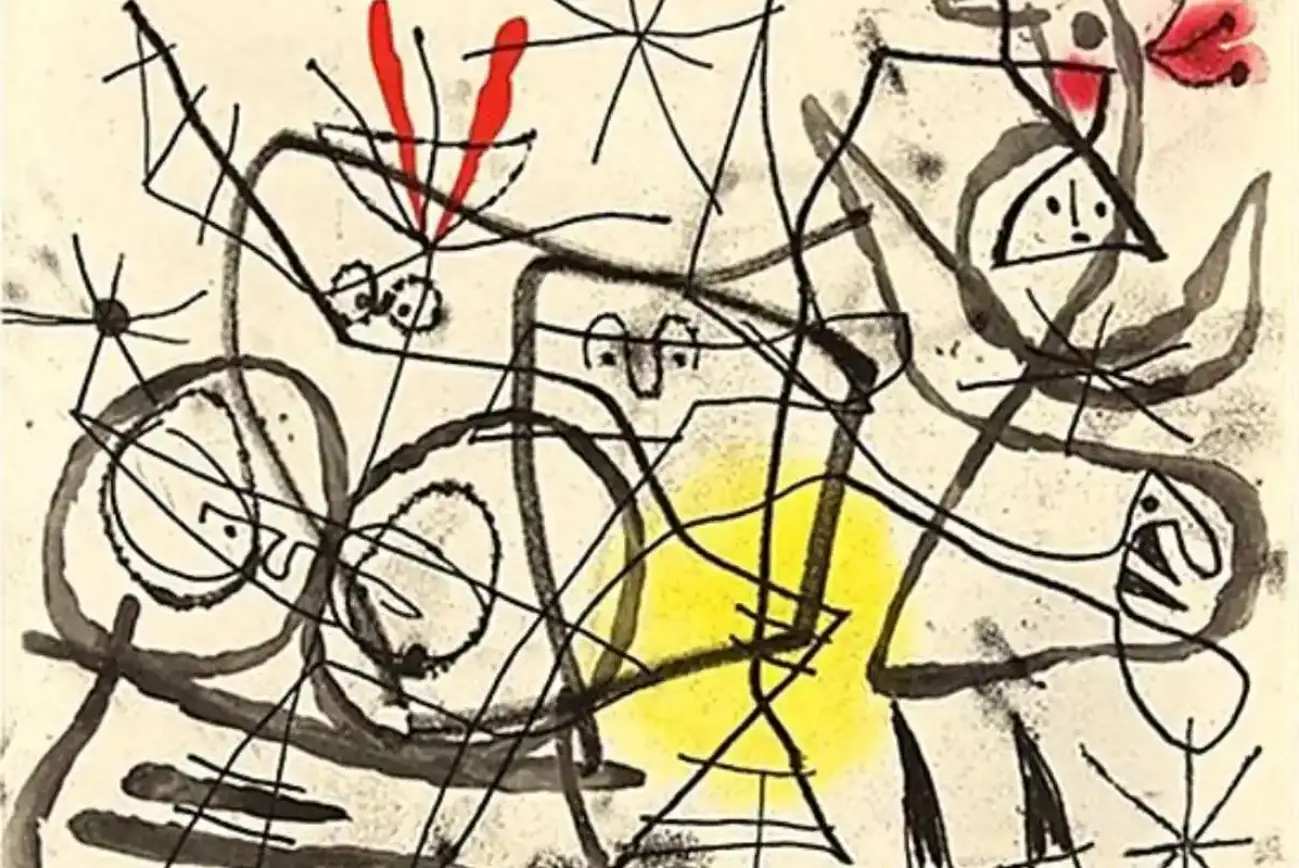
Joan Miró – Preparations for the Birds, detail, 1963
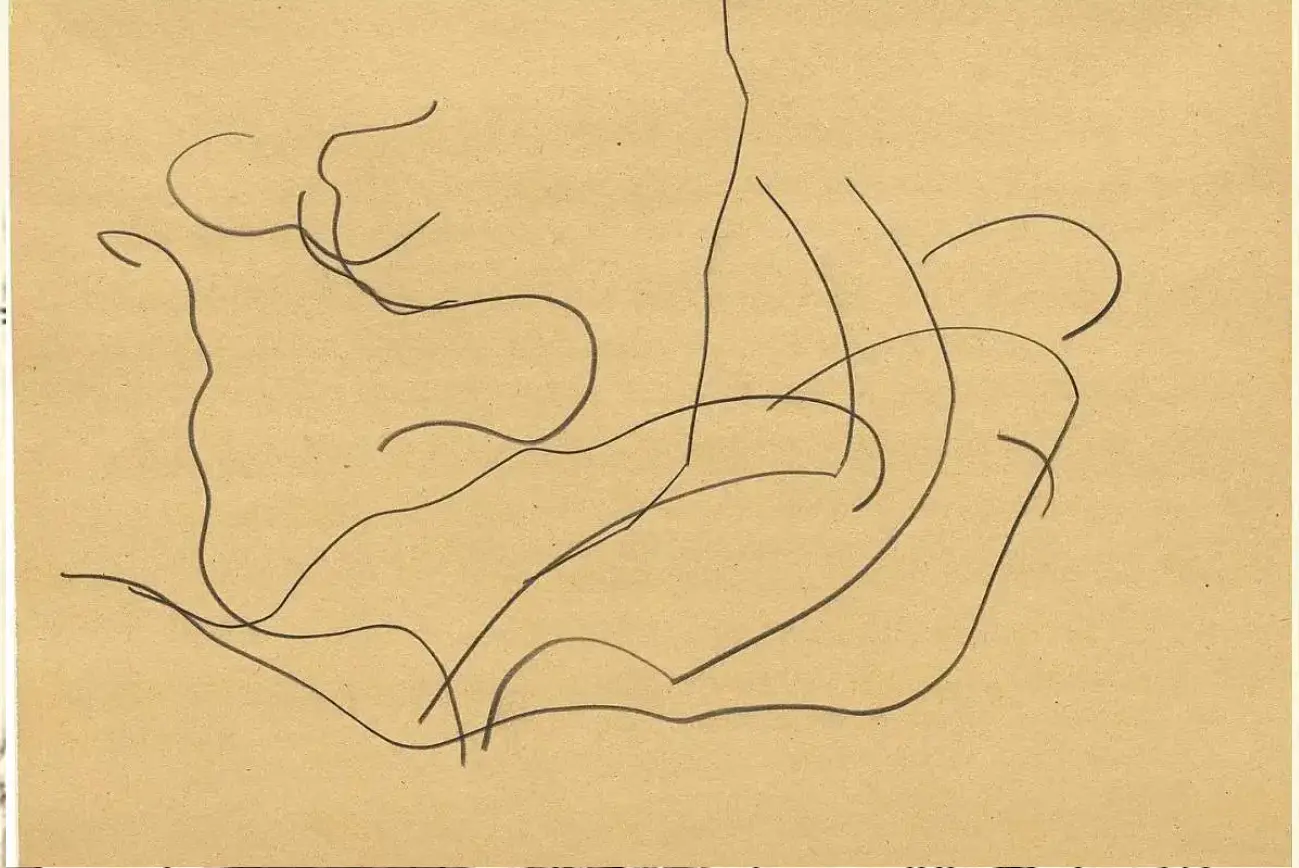
Ellsworth Kelly - Automatic Drawing, Pine Branches VI, 1950, detail
Now let's move on to the practical part, follow the steps below to create our own automatic drawing.
Creating an automatic drawing
1) First, find a quiet place to sit
2) Choose the medium you would like to use for your drawing: pencil and paper, paint and canvas, or even a computer if, like me, you work digitally.
3) Once in front of your blank sheet, place your pencil or brush somewhere on the surface and start drawing.
4) Continue to draw by letting your hand guide the image, not your reason. Try to clear your mind.
5) Continue aimlessly until your mind tells you that it's finished. At that point, lift your pencil and contemplate your creation.

Here is the result of my automatic drawing. I chose to fill the entire page, but you can do as much as you like.
Now that you know all about automatic drawing, don't hesitate to try it when you feel stuck or have nothing specific to draw. This technique can help us, in a simple and instinctive way, to reconnect with what excites us and better understand the impulses that guide our pencil.
I hope this article has given you a new perspective on your approach to drawing. See you very soon!
Editor: Joshua

